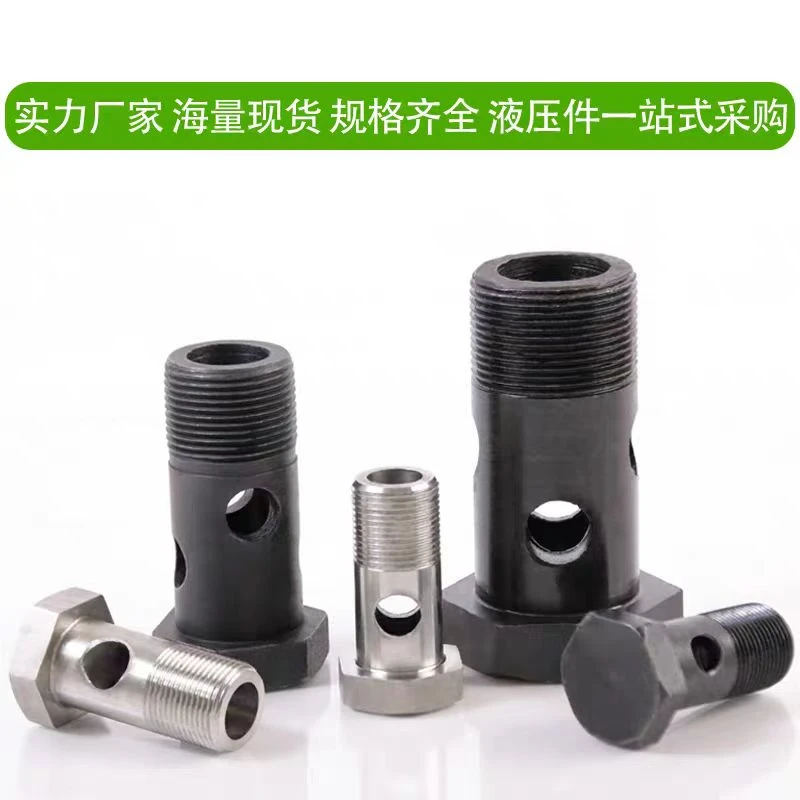

installing self tapping screws
Out . 16, 2024 21:52 Back to list
installing self tapping screws
The Complete Guide to Installing Self-Tapping Screws
Self-tapping screws are a popular choice for various construction and DIY projects due to their ease of use and effective performance. Designed to create their own hole while being driven into materials, they're ideal for applications where drilling a pilot hole would be impractical. This article will walk you through the process of installing self-tapping screws, ensuring that your projects are completed efficiently and securely.
Understanding Self-Tapping Screws
Self-tapping screws are available in various materials, head styles, and thread configurations, making them versatile for different tasks. Common materials include steel, stainless steel, and even plastic. The essential feature that sets them apart is their ability to tap a thread in the material they are being driven into, thus providing a secure fit without the need for additional tools.
Selecting the Right Screw
Before you begin installation, it's crucial to select the appropriate size and type of self-tapping screw for your project. Consider the material you are working with—wood, metal, or plastic—and choose a screw that matches the thickness and density of the material. For example, if you are working with metal, opt for a screw designed specifically for metal applications. Always check the manufacturer's specifications regarding the screw's length and diameter to ensure a proper fit.
Tools and Materials Needed
To successfully install self-tapping screws, you will need
1. Self-tapping screws - Choose the right type based on your project needs. 2. Screwdriver or Power Drill - A manual screwdriver can be used, but a power drill with the appropriate bit will speed up the process significantly. 3. Safety Gear - Consider wearing safety goggles to protect your eyes from dust and debris. 4. Tape Measure - For accurate placement of screws. 5. Marker or Pencil - To mark the spot where the screw will be installed.
Step-by-Step Installation
installing self tapping screws

1. Preparation Begin by measuring and marking the exact location where you intend to install the screws. Ensure that your marks are even and spaced correctly, especially if you are installing multiple screws.
2. Drilling (If Necessary) While self-tapping screws don’t always require pilot holes, in some cases, especially with harder materials, it may be beneficial to drill a small pilot hole. This step can prevent the material from splitting and make installation easier.
3. Align the Screw Place the tip of the self-tapping screw onto the marked spot. Ensure it is perpendicular to the surface to prevent misalignment.
4. Drive the Screw Using your screwdriver or power drill, start driving the screw into the material. If you are using a drill, set it to a low speed to maintain control. As you apply pressure, the screw will begin to tap its own thread. This is the point where you need to ensure consistent pressure without forcing the screw.
5. Tightening Once the screw is firmly in place, continue tightening it until it is flush with the surface. Be cautious not to overtighten, as this can strip the threads or damage the material.
6. Finish Up After installation, inspect the screw to ensure it is securely fastened and check for any damage to the surrounding material. If necessary, you can adjust and retighten accordingly.
Tips for Successful Installation
- Choose Quality Screws Invest in high-quality self-tapping screws to ensure durability and performance. - Use the Correct Tool The right screwdriver or drill bit can make a significant difference in ease of installation. - Practice Good Technique Maintain a steady hand and apply consistent pressure for the best results.
Conclusion
Installing self-tapping screws can be a straightforward process if you follow the right steps and use the correct tools. Whether tackling a home improvement project or professional construction work, understanding how to properly install self-tapping screws will enhance your craftsmanship and contribute to the longevity of your projects. With the right preparation and technique, anyone can effectively use these versatile fasteners to achieve secure and lasting results.
Latest news
-
Premium Fasteners Manufacturer | AI-Driven Solutions
NewsAug.01,2025
-
Hot Dip Galvanized Bolts - Hebei Longze | High Strength, Corrosion Resistance
NewsAug.01,2025
-
High-Strength Hot Dip Galvanized Bolts - LongZe | Corrosion Resistance, Custom Sizes
NewsAug.01,2025
-
Best Self Tapping Screws for Drywall - Fast & Secure Installation
NewsJul.31,2025
-
High-Strength Hot Dip Galvanized Bolts-Hebei Longze|Corrosion Resistance&Customization
NewsJul.31,2025
-
Hot Dip Galvanized Bolts-Hebei Longze Metal Products|Corrosion Resistance&High Strength
NewsJul.31,2025

